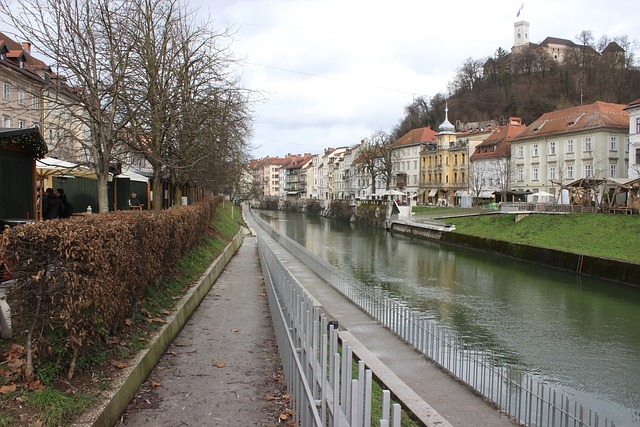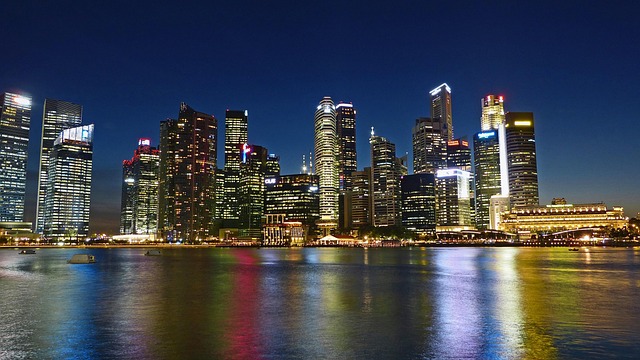Karachi, a vibrant but noisy bustling metropolis, grapples with noise pollution stemming from dense population and rapid urbanization. Commercial areas like markets and residential neighborhoods suffer from high noise levels, impacting residents' health and well-being. To address this issue, Karachi can implement stricter noise regulations, incorporate urban planning techniques like sound barriers and green spaces, promote quieter technologies, and adopt sustainable construction practices to transform the city into a more peaceful and livable urban center for its diverse inhabitants.
Karachi, Pakistan’s vibrant metropolis, faces an often-overlooked challenge—noise pollution. This article delves into the intricate sound landscape of the city, exploring noise levels across various neighborhoods. Through a comprehensive analysis, we uncover the sources and impacts of excessive noise, from bustling markets to traffic-congested streets. Moreover, we present effective strategies to mitigate this urban menace, aiming to transform Karachi into a quieter, more livable space for its residents.
- Understanding Noise Pollution in Karachi: A City's Sound Landscape
- Sources and Impacts: Uncovering the Noise Levels in Different Areas
- Strategies for Mitigating Noise Pollution: Towards a Quieter Karachi
Understanding Noise Pollution in Karachi: A City's Sound Landscape

Karachi, a vibrant and bustling metropolis, is known for its lively atmosphere and diverse cultural landscape. However, beneath the surface of this energetic city lies an often overlooked aspect: noise pollution. Understanding the sound landscape of Karachi is crucial to comprehending the challenges faced by its residents. The city’s noise levels vary widely across different areas, with some neighborhoods experiencing constant cacophony from traffic, construction sites, and crowded markets.
In terms of noise sources, Karachi’s dense population and rapid urbanization contribute significantly. From the early hours of the morning until late at night, the city buzzes with activity—the honking of vehicles, loud music from businesses, and even the chatter of locals on the streets create a unique sonic environment. This constant din can impact not just the overall quality of life but also the health and well-being of residents. By recognizing and addressing these noise concerns, Karachi can strive towards becoming a more livable and peaceful urban center for its diverse population.
Sources and Impacts: Uncovering the Noise Levels in Different Areas

The noise levels in Frere Town, Karachi, are a multifaceted issue with various sources and impacts. The bustling city is a symphony of sounds from traffic, construction sites, and even residential areas, each contributing to the overall acoustic environment. One of the primary contributors to high noise levels is the dense population and rapid urbanization that has transformed Karachi into a labyrinthine metropolis. With limited green spaces and crowded streets, sound waves often have no escape, enhancing the urban noise pollution.
Exploring different areas within Frere Town reveals varied noise profiles. Commercial hubs like the bustling markets are characterized by constant chatter, honking horns, and the clatter of machinery, creating a vibrant but often overwhelming atmosphere. In contrast, residential neighborhoods experience different noise patterns, with early morning and evening routines contributing to peaks in noise levels. The impact of these noise sources extends beyond annoyance; prolonged exposure can lead to health issues such as hearing loss, stress, and sleep disturbances for Frere Town’s residents.
Strategies for Mitigating Noise Pollution: Towards a Quieter Karachi

Noise pollution is a significant challenge in Karachi, impacting the quality of life for many residents. To mitigate this issue, several strategies can be implemented to create a quieter and more livable city. One key approach is to enforce stricter noise regulations, including setting specific decibel limits during certain hours and imposing fines on violators. This can be achieved through regular monitoring by local authorities and community involvement in reporting excessive noise.
Additionally, urban planning plays a crucial role in reducing noise levels. Designing roads with sound-absorbing barriers, implementing one-way traffic systems, and promoting green spaces within city areas can significantly minimize noise pollution. Encouraging the use of quieter vehicles and equipment, as well as adopting more sustainable construction practices, are further steps towards creating a quieter Karachi.
Karachi, known for its bustling streets and vibrant culture, faces a silent challenge: noise pollution. Through this article, we’ve explored the various sources of noise in different areas of the city, from traffic congestion to construction sites. We’ve also outlined strategies to mitigate these levels, emphasizing the importance of collaborative efforts between residents, authorities, and urban planners. By adopting innovative solutions and raising awareness, Karachi can strive for a quieter, more livable future, ensuring that its sound landscape is a harmonious one.





Leave a Reply